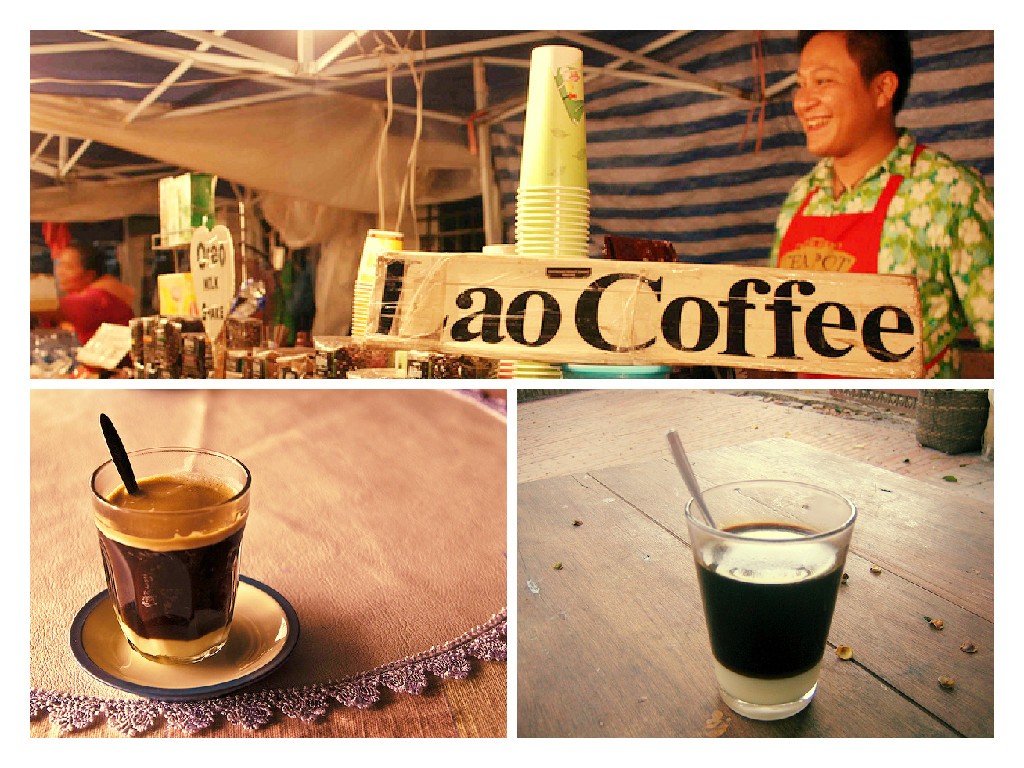One of the comments we get most often from guests who visit the charming city of Luang Prabang in Laos is that they wish they had one more day there; a day with no plans. While most people are limited in the time allotted for a trip and thus look to maximize their experiences, this is for those travelers with one more day in Luang Prabang …
So you’ve finished your official Luang Prabang itinerary — you’ve taken in the rows of monks accepting morning alms, you’ve traveled down the Mekong by boat and you’ve toured the city’s glimmering temples.
If you stay put long enough, spending time in Luang Prabang can help you slow down and connect with the laid-back attitude that is part of the region’s appeal. Here are a few reasons to take an unplanned day in one of our favourite Southeast Asian cities.
Relaxation.

Laotians are known for their laid-back attitudes and slow life styles. Spend a day trying to adopt this mentality by napping when it gets too hot or lazing in a hammock for an afternoon. These are the kinds of days that can rejuvenate when on the road. If you do decide to get out and about (and to reiterate it is completely acceptable laze), remember to stick to the shade and move slow — nobody is rushing anywhere in Luang Prabang.
Go for a Coffee .. or three.

Coffee in Laos dates back to 1920’s when the French recognized that the mineral-rich soil would be the ideal environment to grow coffee. Two decades after developing a budding coffee culture, World War II had French plantation owners leaving the area.
When the Communists came into power coffee was considered a Western indulgence and remained unpopular. Thankfully, coffee made a comeback in the 1990’s and has been a growing industry since. Today, coffee is one of the country’s most valuable agricultural exports, and while Laos isn’t a major player on the global market quantity wise, aficionados have taken note of the country’s high quality beans.
The result for visitors? Great coffee all around the city.
Whether you want to hot or iced coffee in a Western-style cafe or street stall, in air conditioned comfort or while enjoying a breeze, Luang Prabang is a great place to spend the day trying to find the best Cup of Joe in the city.
Wander the UNESCO site.

Many people aren’t aware that the old centre of Luang Prabang is a UNESCO World Heritage Site. This area is easily enjoyed on foot or by renting a local bicycle.
In UNESCO’s own words:
“Luang Prabang is an outstanding example of the fusion of traditional architecture and Lao urban structures with those built by the European colonial authorities in the 19th and 20th centuries. Its unique, remarkably well-preserved townscape illustrates a key stage in the blending of these two distinct cultural traditions.”
In layman’s terms, the city is a fascinating blend of old meets new and East meets West. In a state of renewal and growth — shop fronts are being restored and new business are creeping in — the heritage designation protects much of the charm that make Luang Prabang a favourite among visitors.
So go on, get into Luang Prabang like you have one more day.



